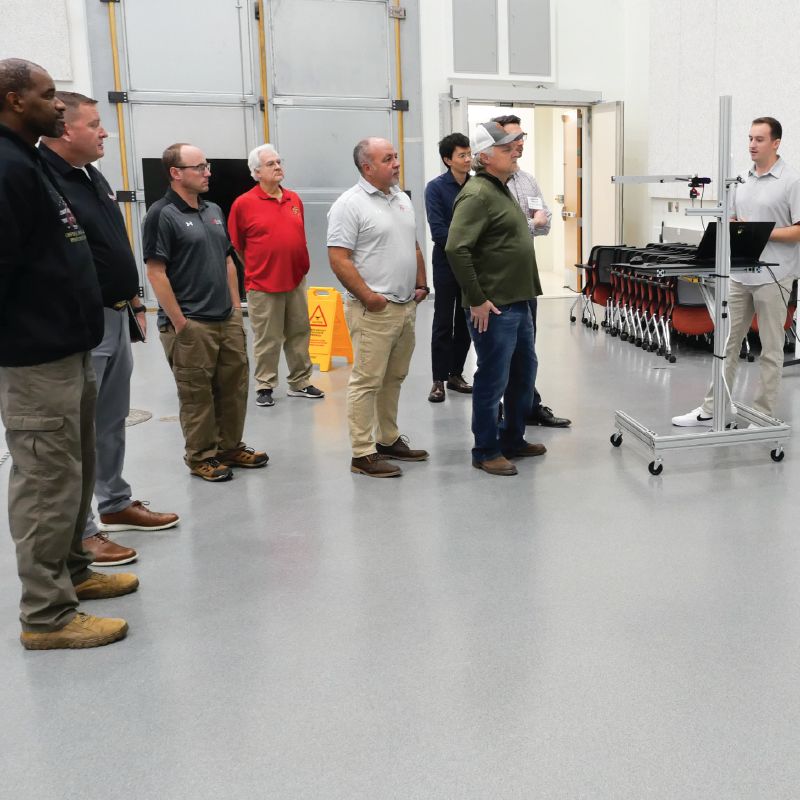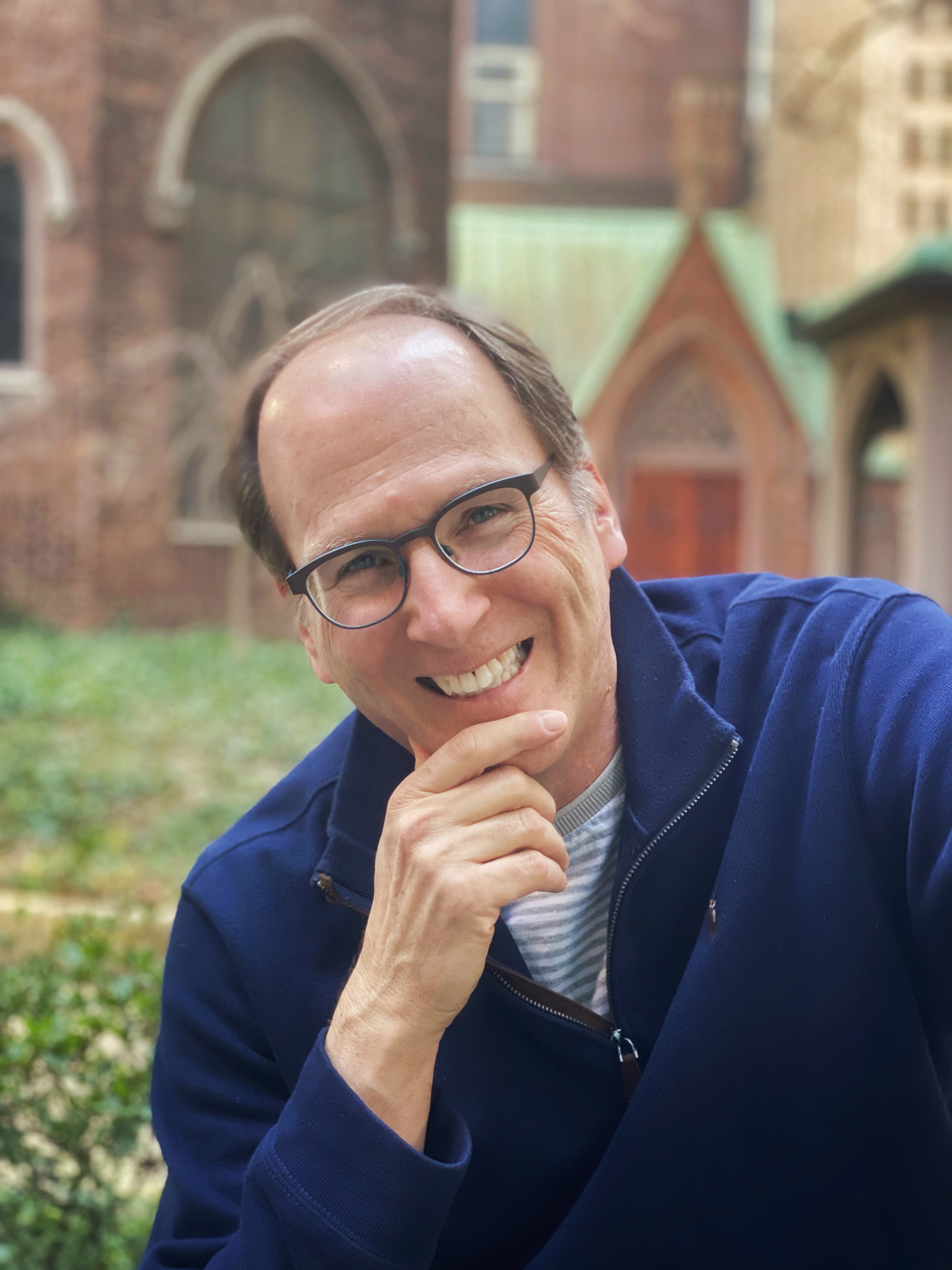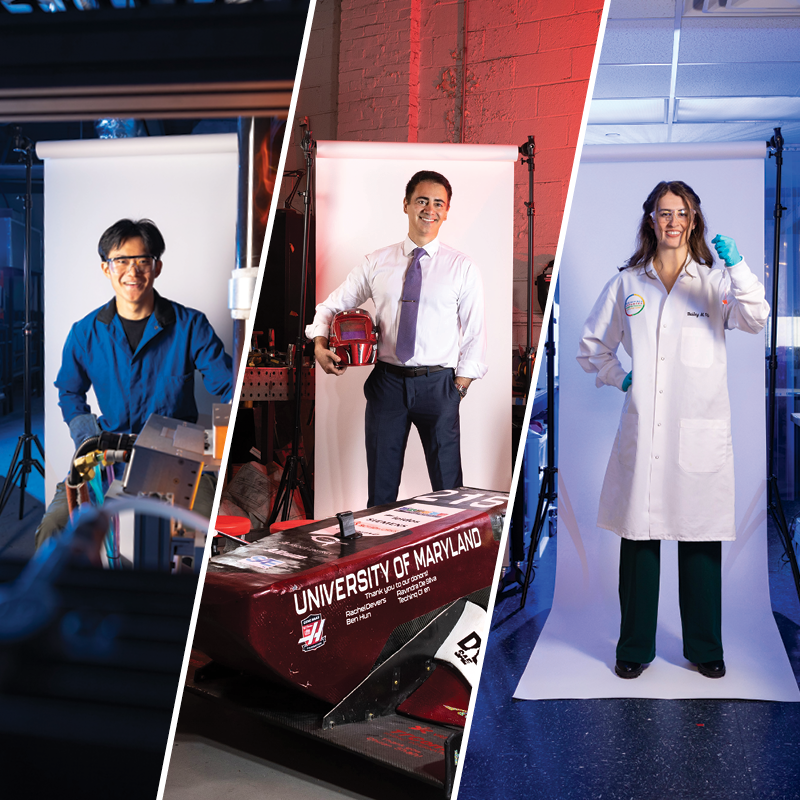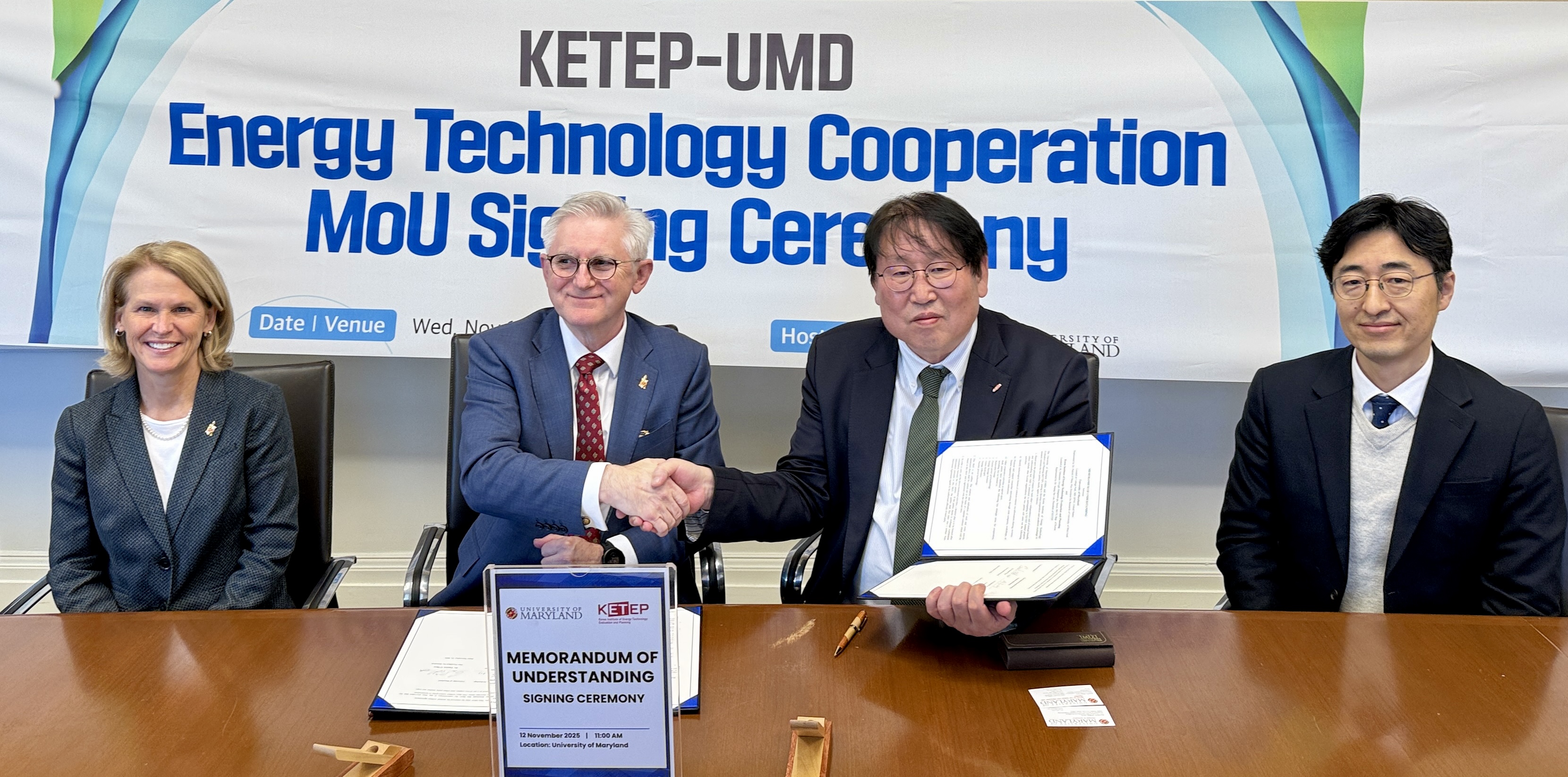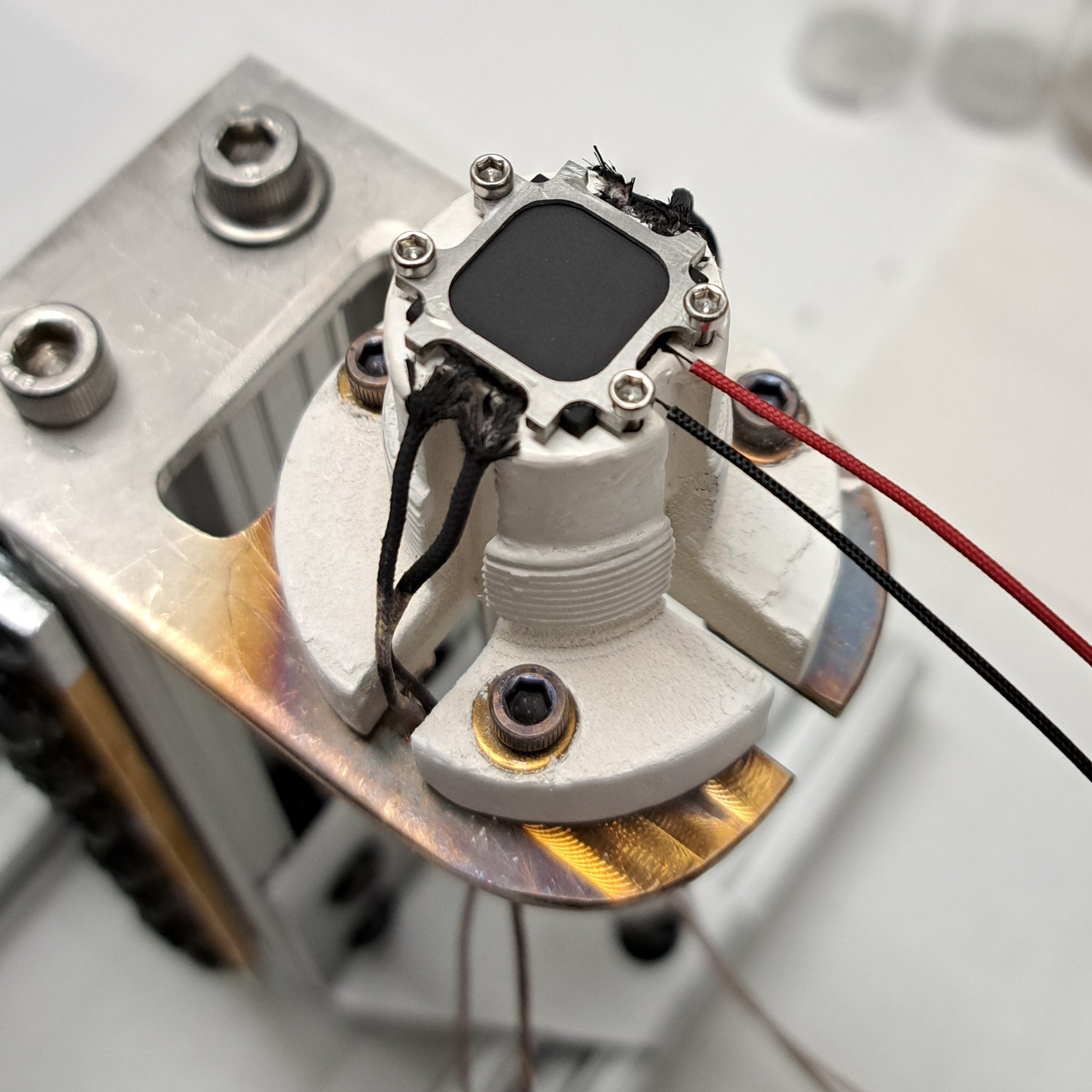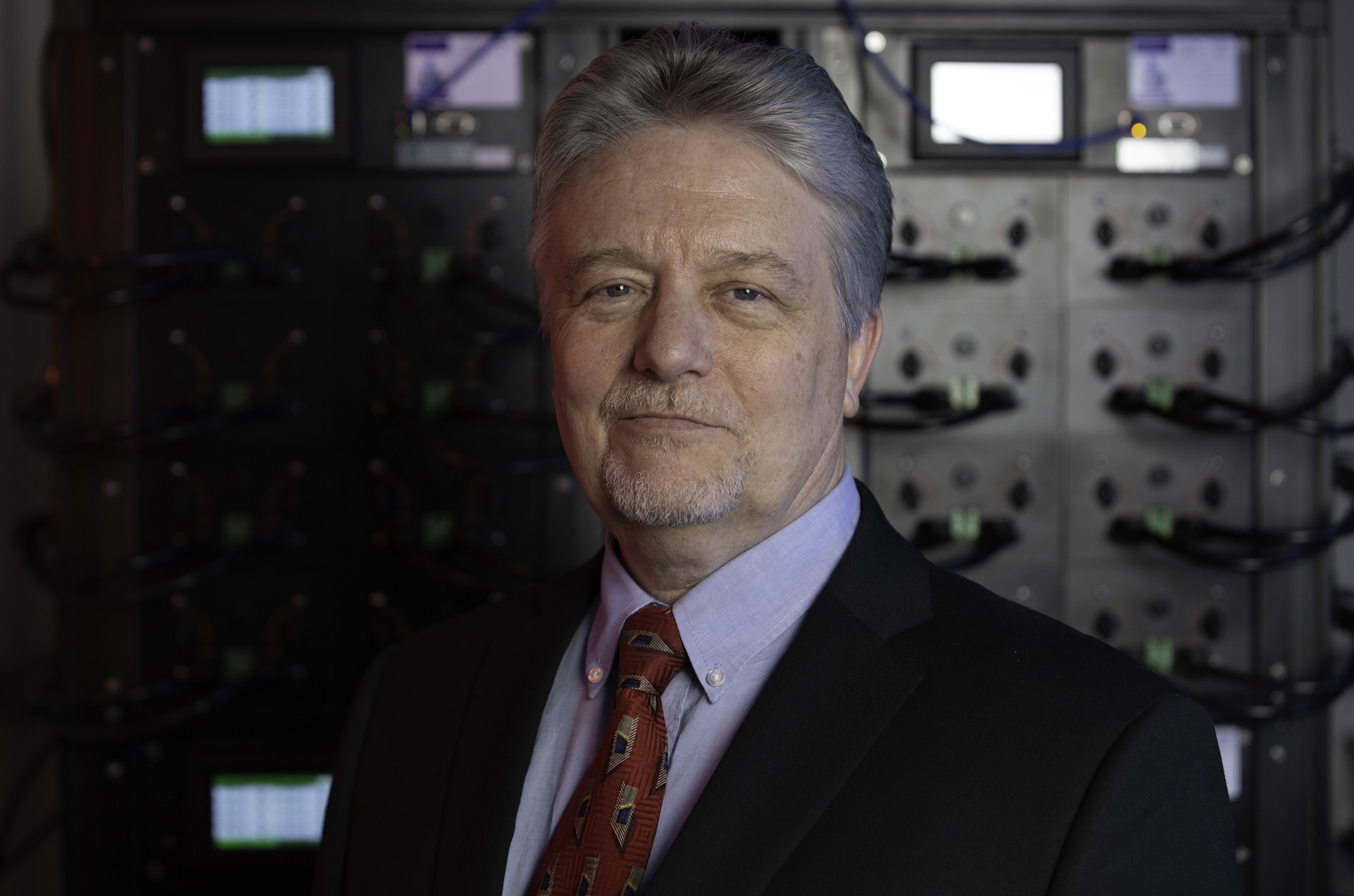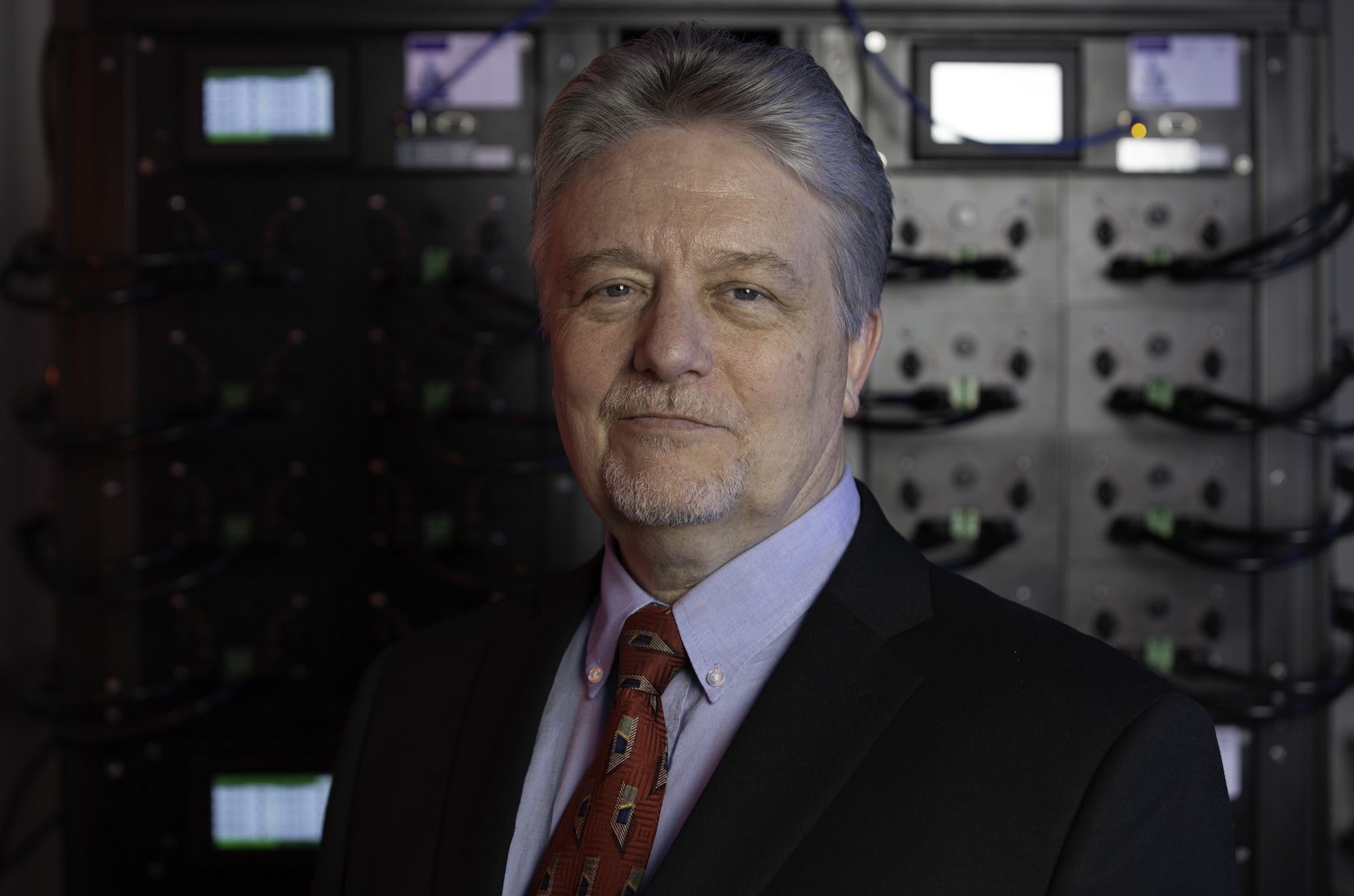News Story
UMD Scientists Discover Fastest Physical Phenomenon in “Electrical Trees”
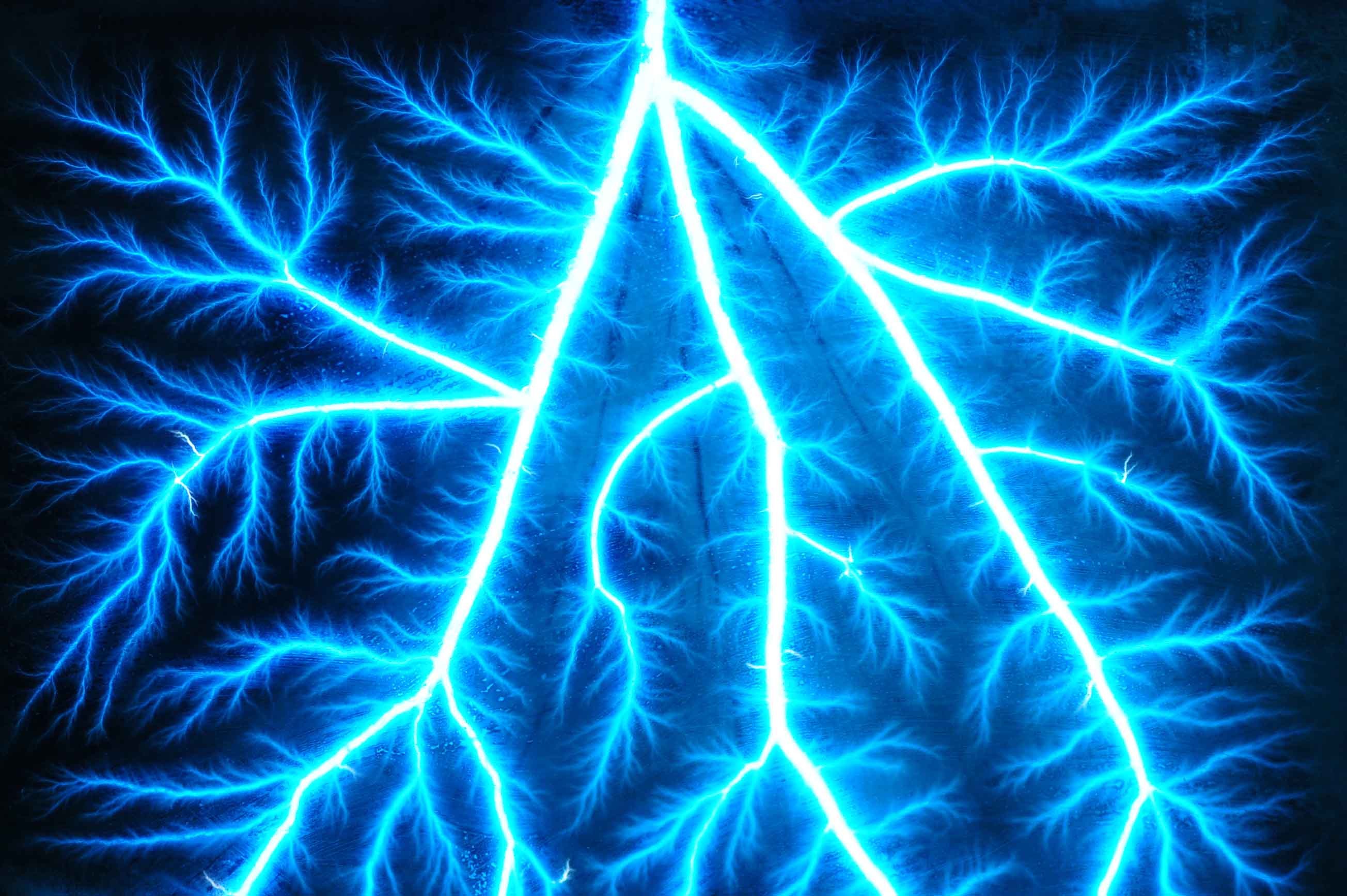
Lichtenberg figures—glowing, sparkling lightning-like patterns named after its discoverer in the late 1770s—today represent the remains of a failure mechanism that can leave modern satellites inoperable. Components within satellites are comprised of plastics and ceramics, also known as dielectric materials, which undergo at least two types of electrical breakdown mechanisms—both of these have been imaged for the first time, and one of these, the fastest phenomenon ever recorded, was first observed by a University of Maryland professor.
After a 20-year journey inspired by art, followed by research and several travels to the high desert of Los Alamos National Laboratory (LANL), a team led by Tim Koeth, an assistant professor in the Department of Materials Science and Engineering, observed a new type of dielectric breakdown named “Ivy,” reported to travel over 12 million meters per second. The discovery of this phenomenon was published in the journal Science last Summer.
Dielectric materials are key to electronic systems such as transformers, transmission lines and other critical electrical components of satellites. These dielectrics are often employed as electrical insulators to intentionally prevent the flow of electricity. However, when these materials are exposed to space weather, which include high-energy electrons from the sun, an electrical charge builds up within the dielectric, and the resulting electric field grows until the material reaches a breaking point.
In a brilliant and seemingly instant flash, the material becomes conductive, triggering a destructive electrical drainage process called “dielectric breakdown”—leaving branch-like Lichtenberg figures and damaging sensitive satellite components in its path.
To unfold how this phenomenon occurs, Koeth’s research group collaborated with LANL’s high-speed imaging team, and in March of 2022 they captured the motion of branch figures propagating around half a million meters per seconds, faster than 4% of the speed of light. In doing so, they became the first to observe Lichtenberg formation.
“Tim was elated for over a month! He had been dreaming of seeing this for nearly two decades, and it was clear that none of us were going to rest until he did,” said Noah Hoppis, a doctoral student who was key in the design of the imaging method.
While engineers are aware of the threat that dielectric discharge poses to satellites, which accounts for half of the reported failures, few studies have looked at the fundamentals. Koeth’s team aimed to tackle this challenge, and while posing questions about “branch-type” breakdown in acrylic materials, his experiments revealed the “Ivy” type. Kate Sturge, doctoral student in physics, coined this term due to its long and stringy patterns, which they suspected would have unique behaviors.
Nearly a year later, they returned to Los Alamos to image this new breakdown, confirming their suspicions, clocking in at over 12 million meters per second.
“There’s a lot of questions that we are still answering,” said Koeth.
Back in 2005, an encounter with art had left Koeth, then a graduate student at Rutgers University, intrigued to investigate this physical phenomenon. In that same year, he was invited to travel with a group of scientists and artists to make art for a day. He volunteered to help them create thousands of Lichtenberg figures, transforming charged pieces of plastics into art, which Koeth says left him with many questions. After joining the university in 2009 as a postdoctoral researcher, Koeth continued with his quest, which he would later study as an assistant professor in materials science and engineering.
“Twenty years later, the story continues. We have gotten many answers, but even more questions. I will never give up on this,” said Koeth.
Published June 17, 2025
